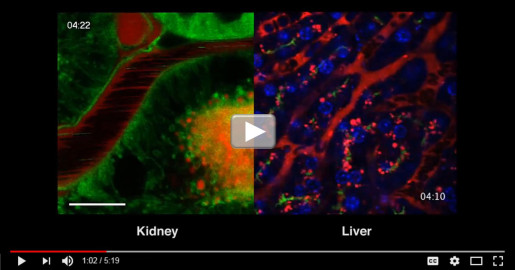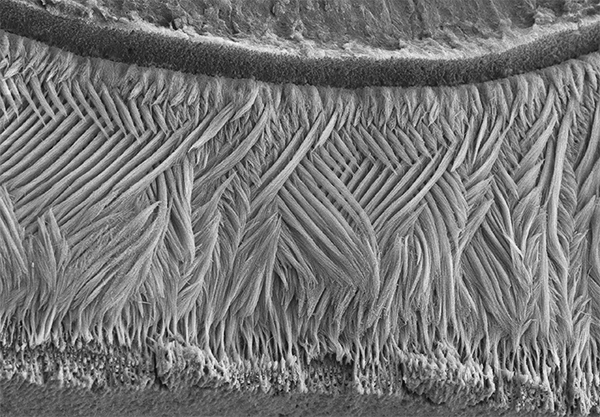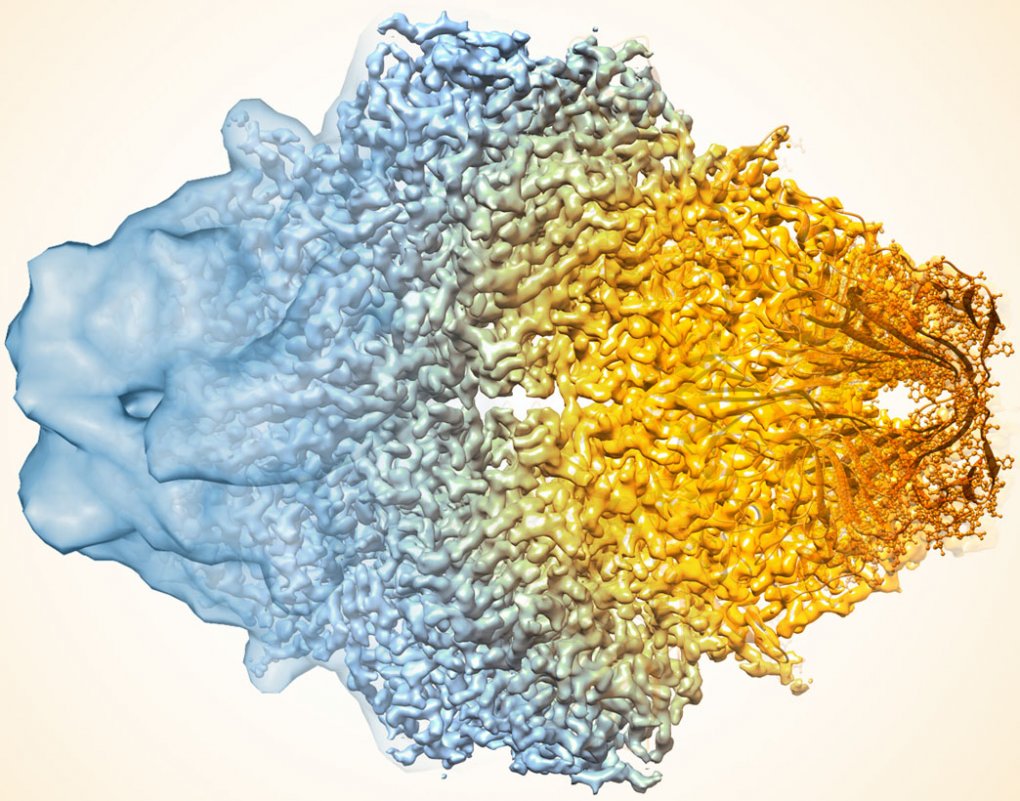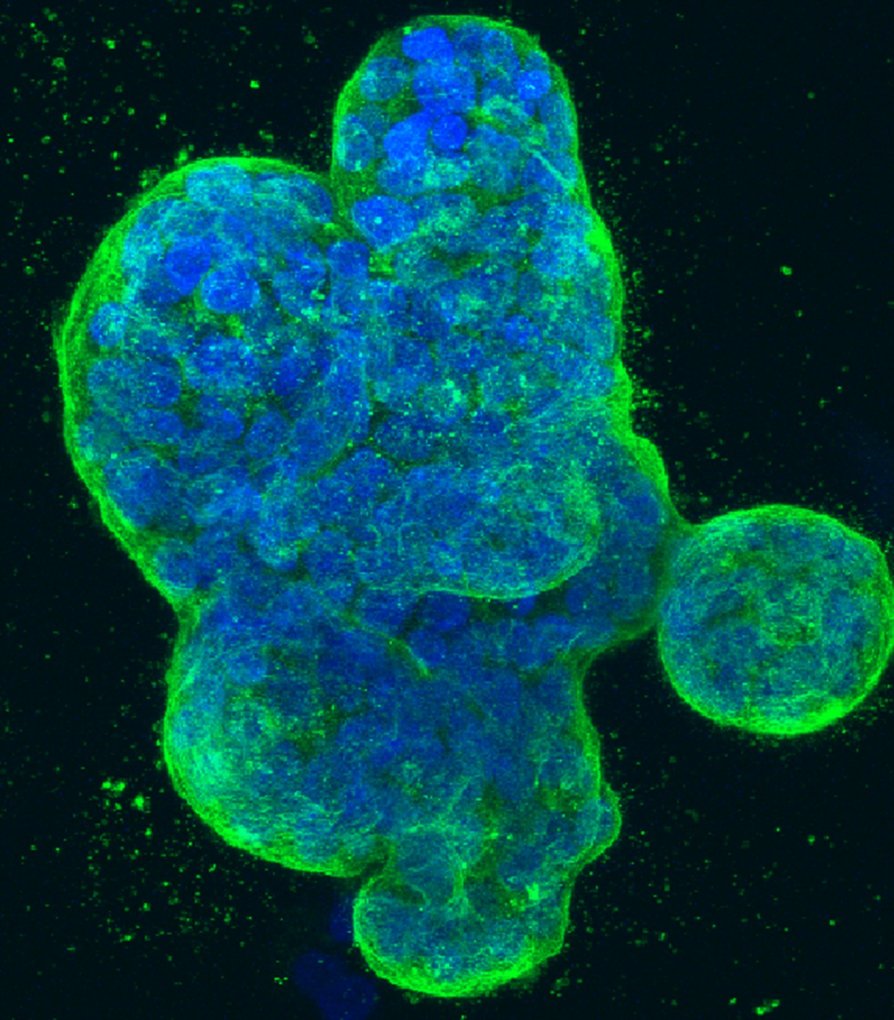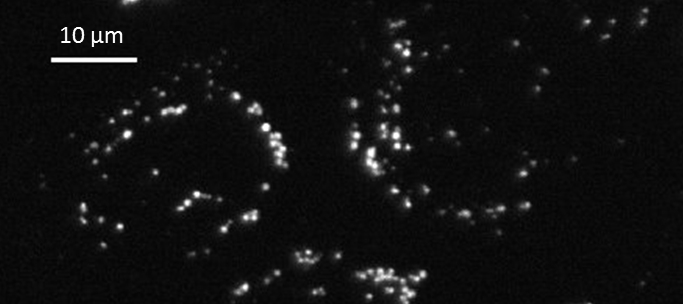Cool Videos: Looking Inside Living Cells
Roberto Weigert is a cell biologist who specializes in intravital microscopy (IVM), an extremely high-resolution imaging tool that traces its origins to the 19th century. What’s unique about IVM is its phenomenal resolution can be used in living animals, allowing researchers to watch biological processes unfold in organs under real physiological conditions and in real time.

